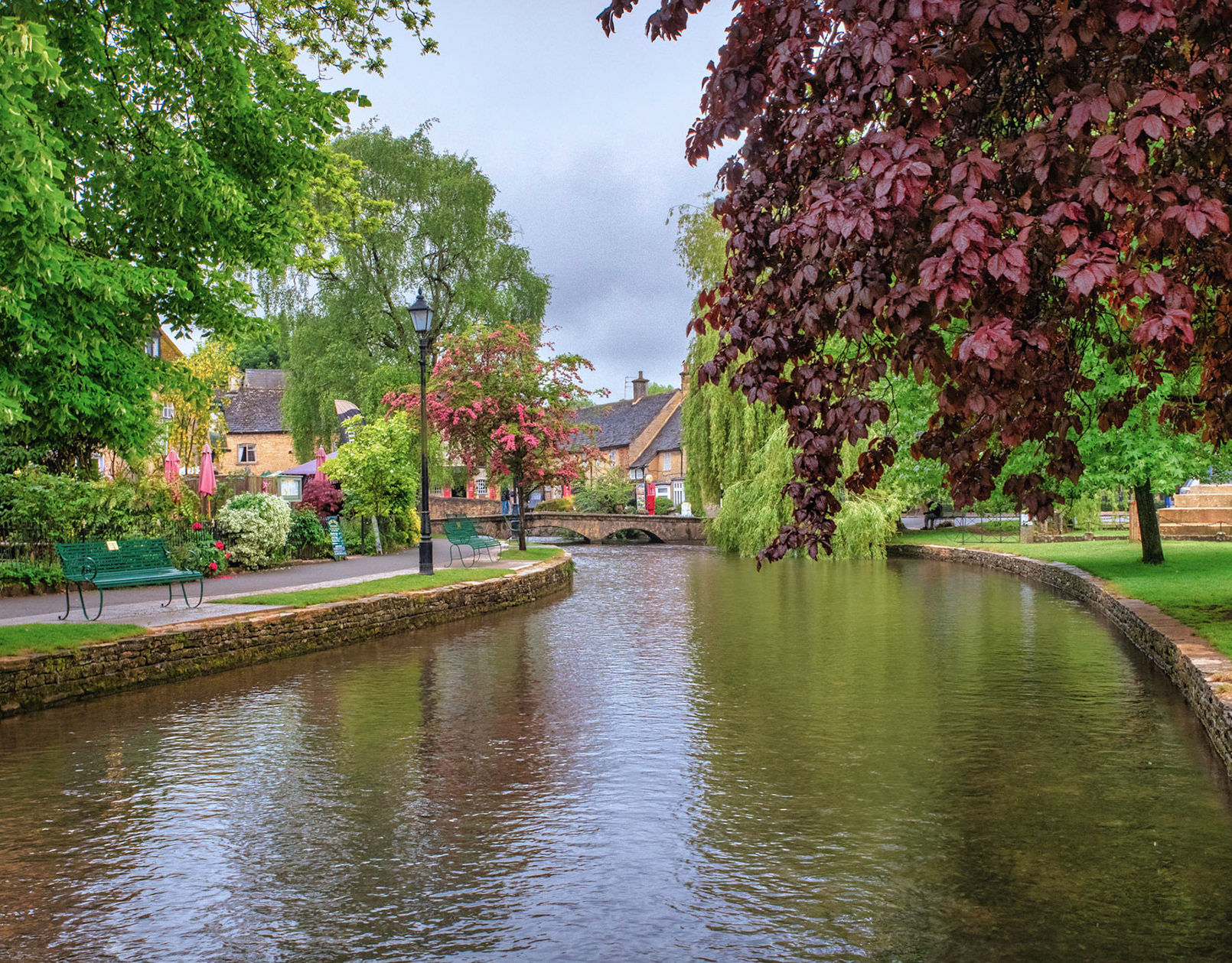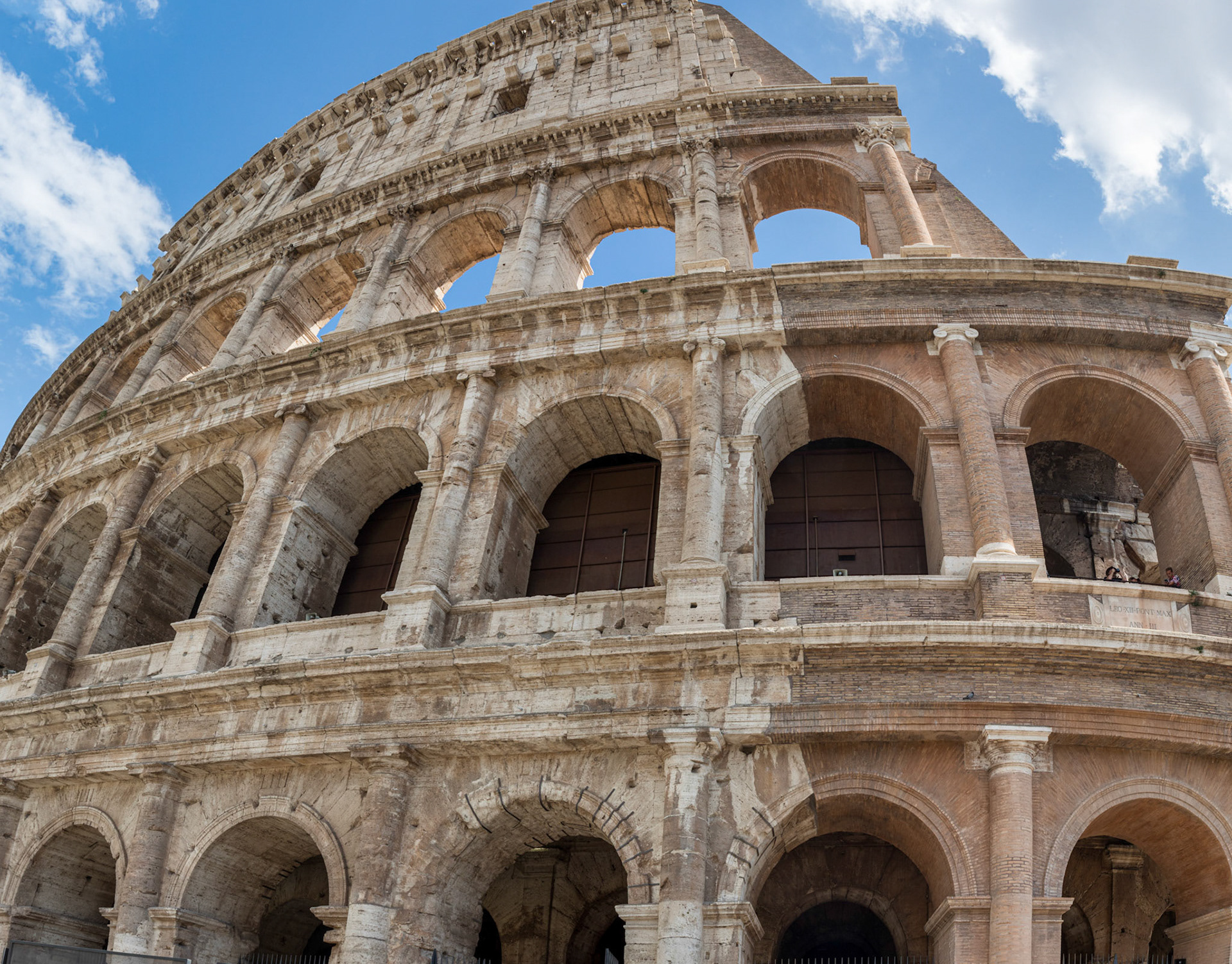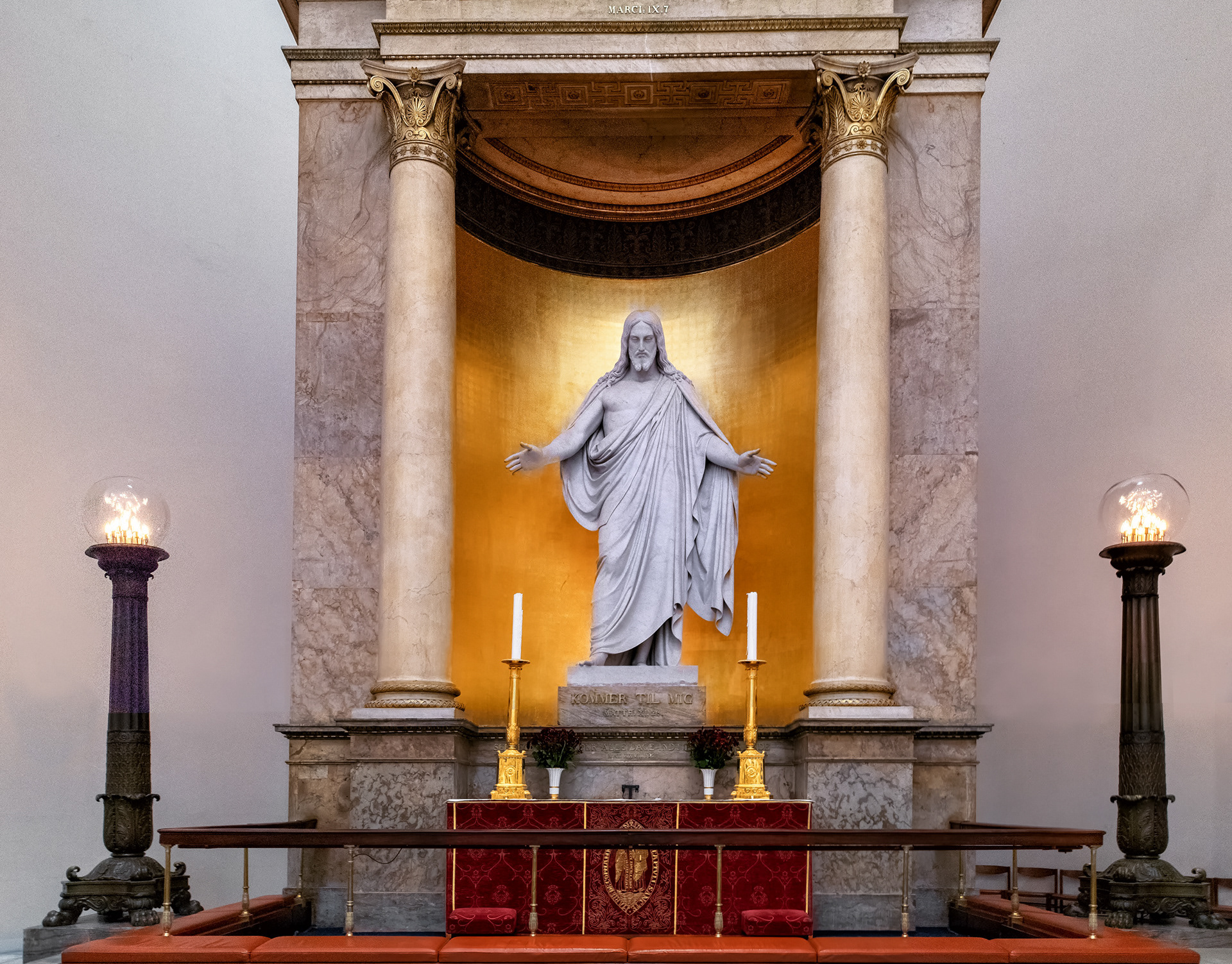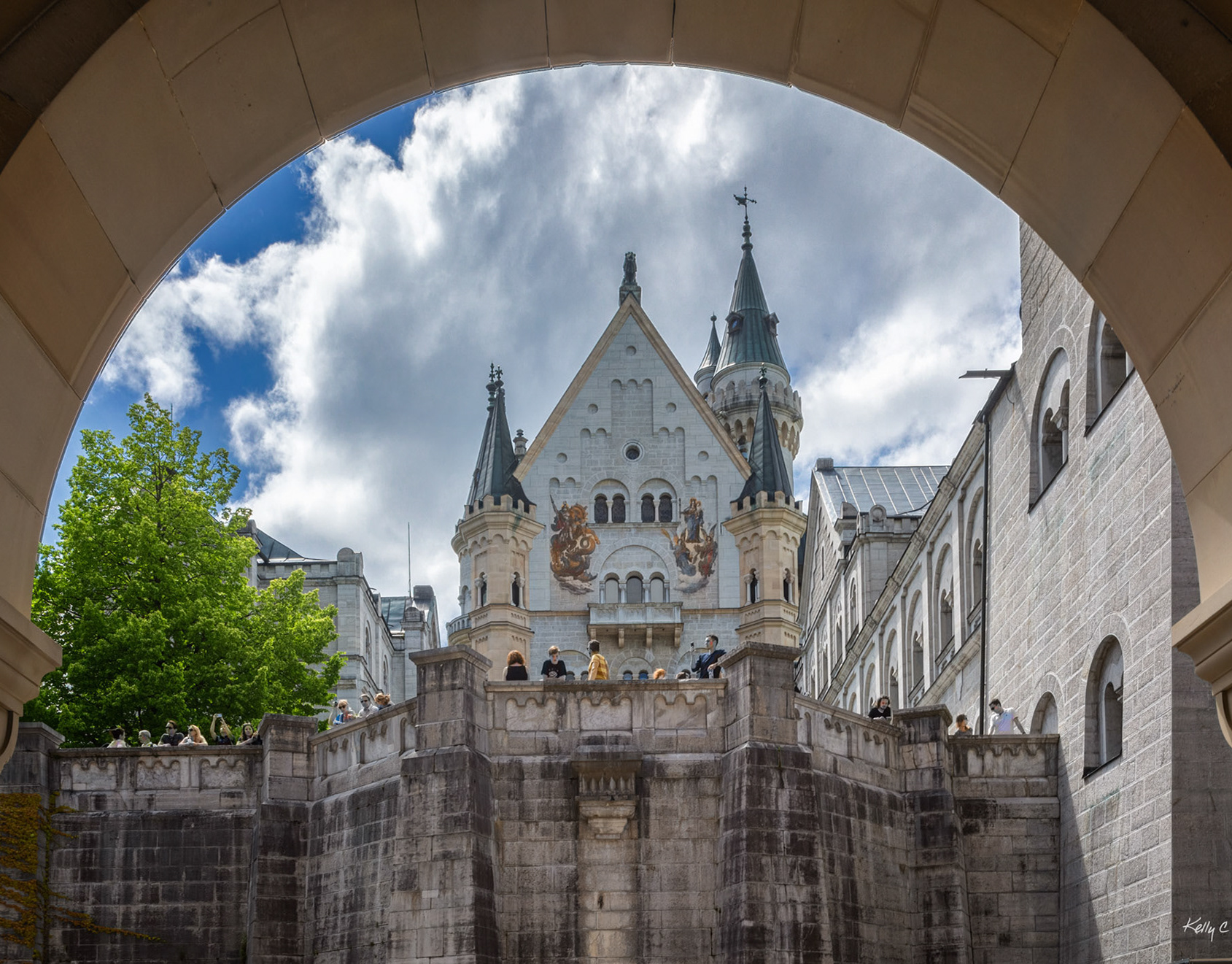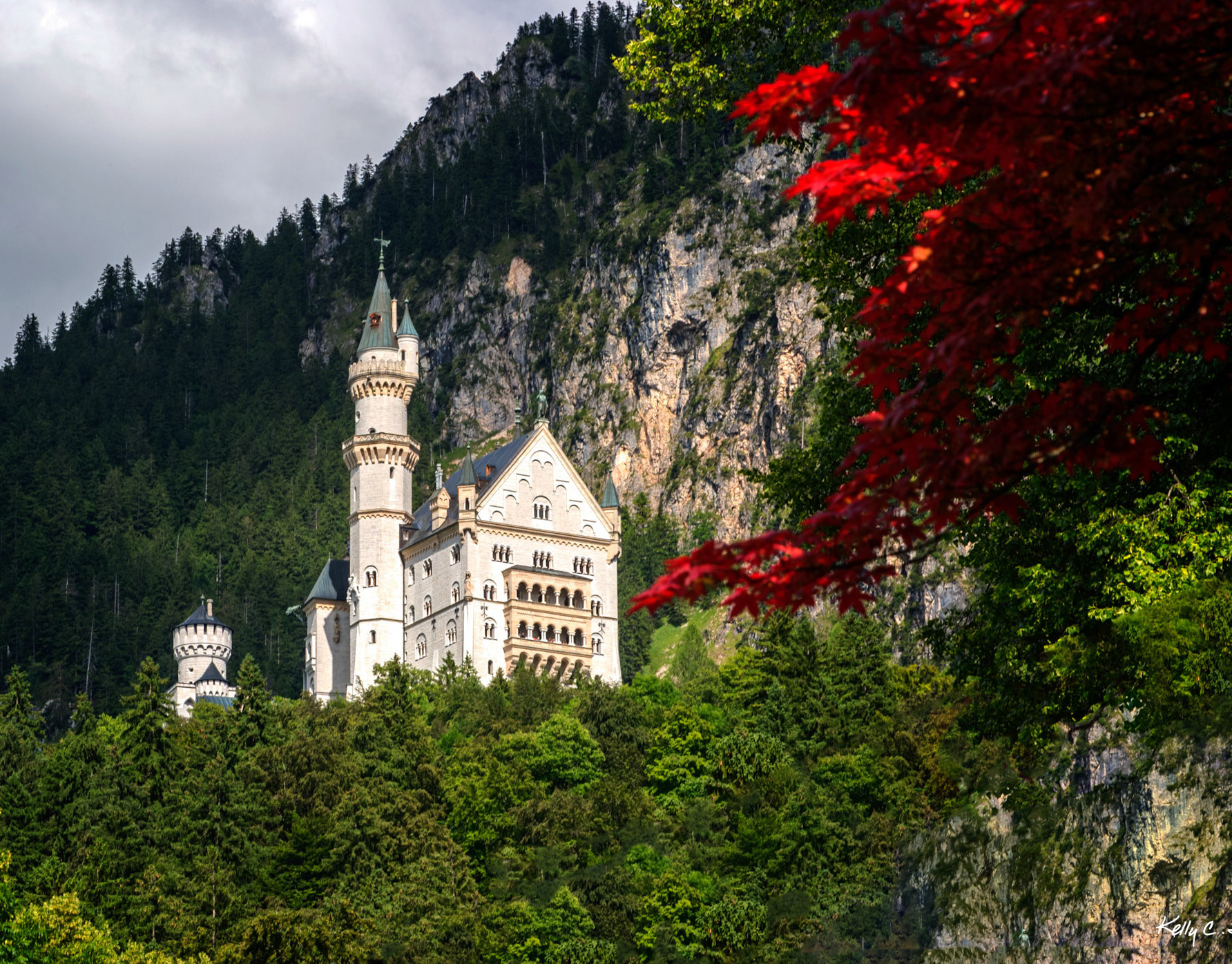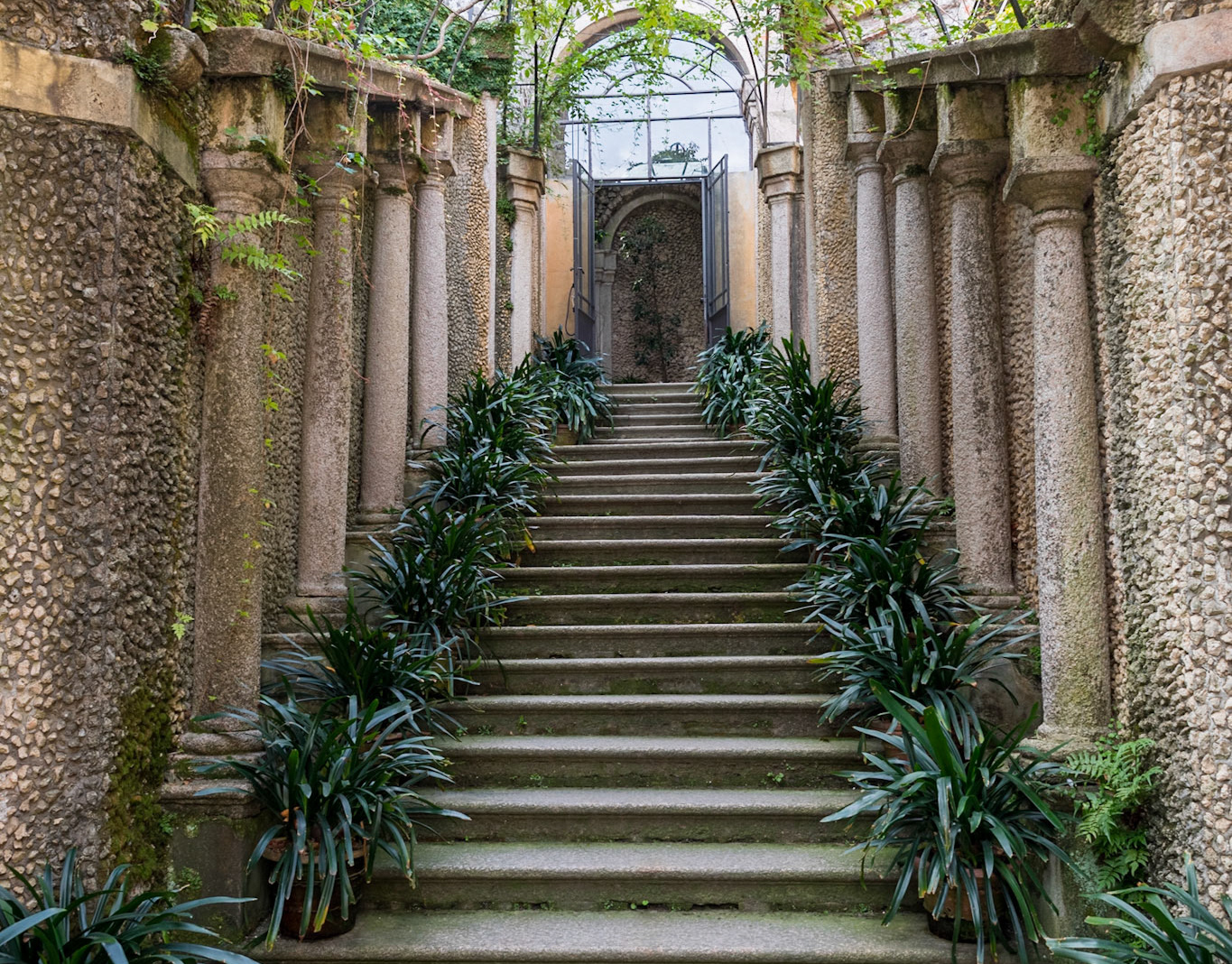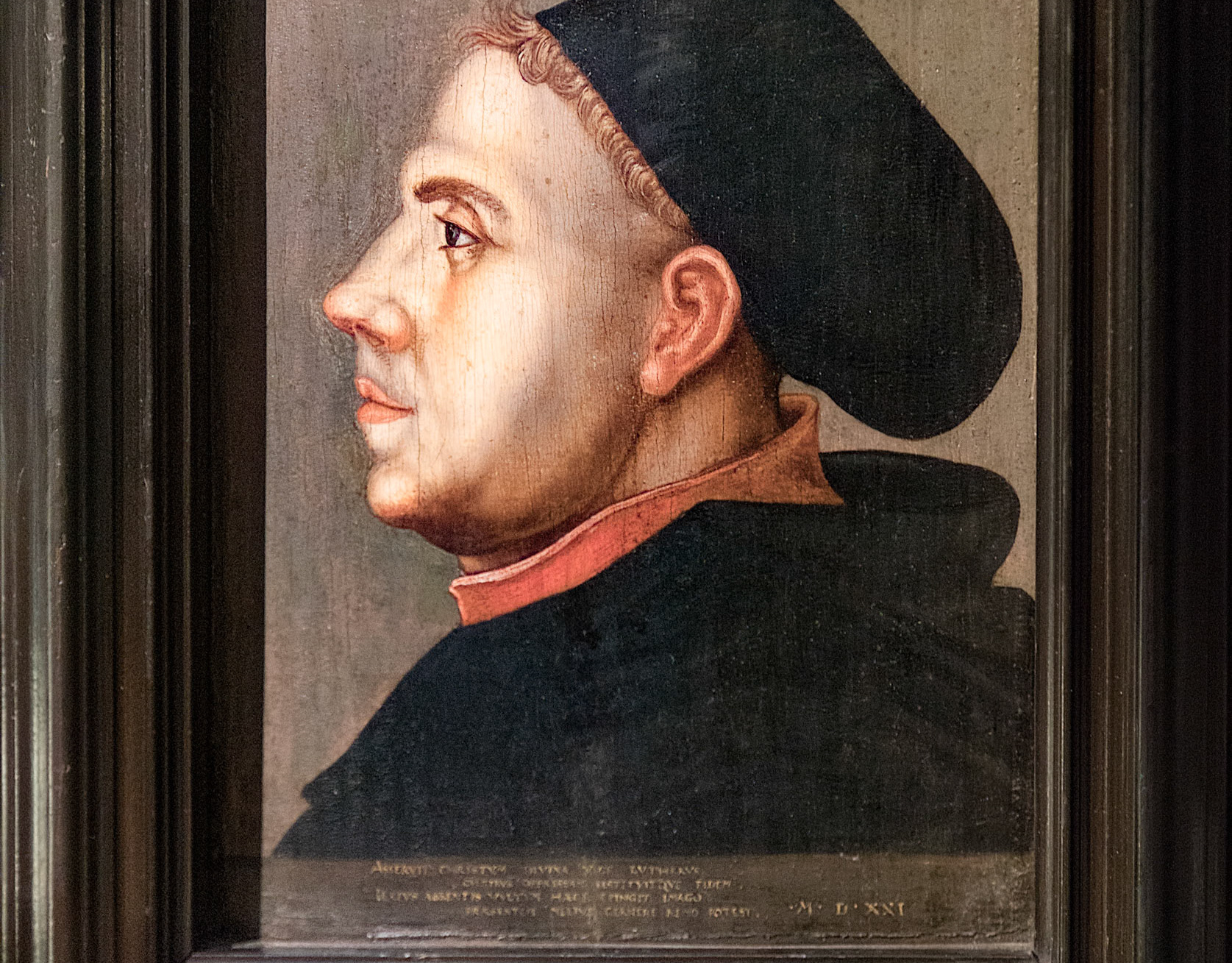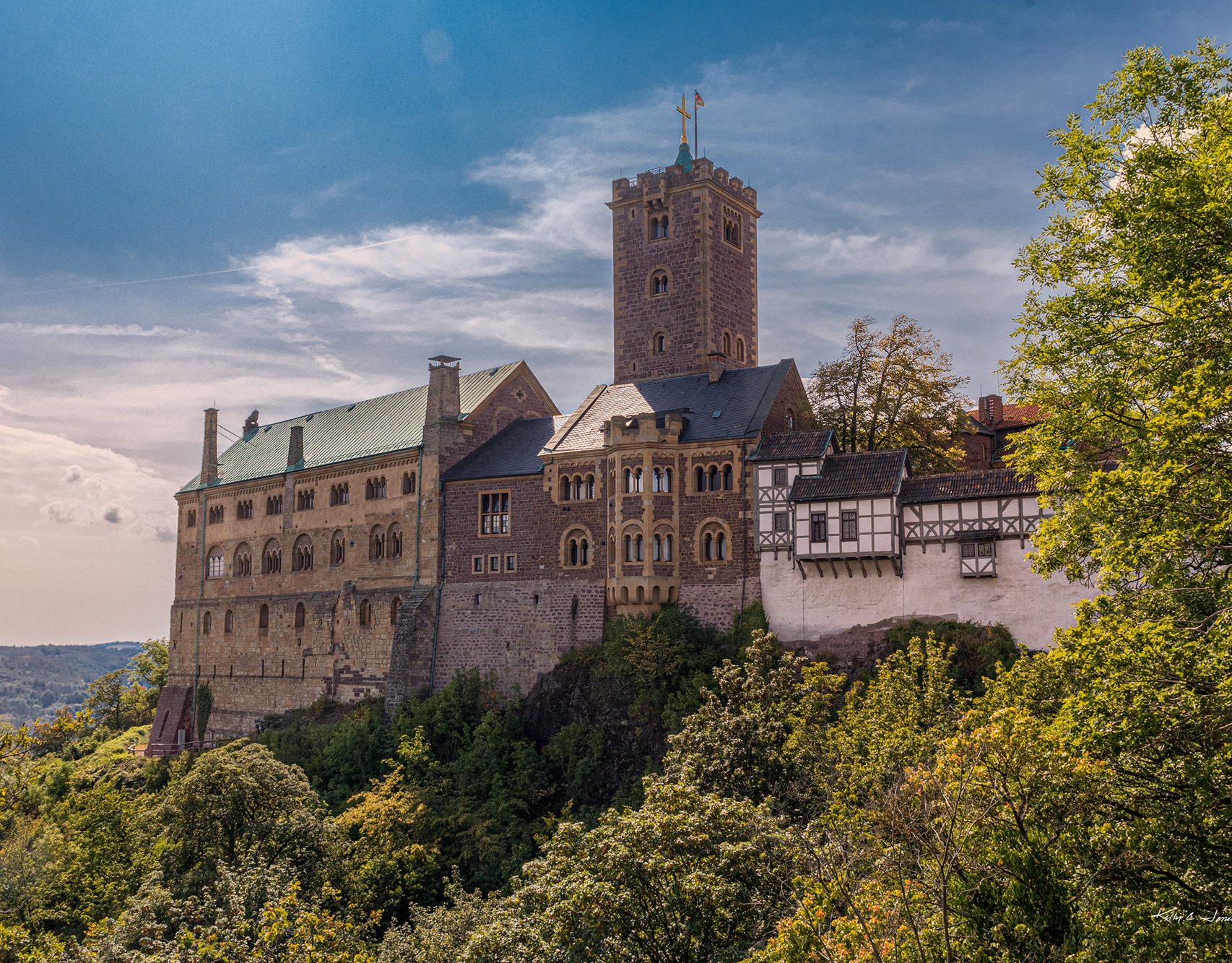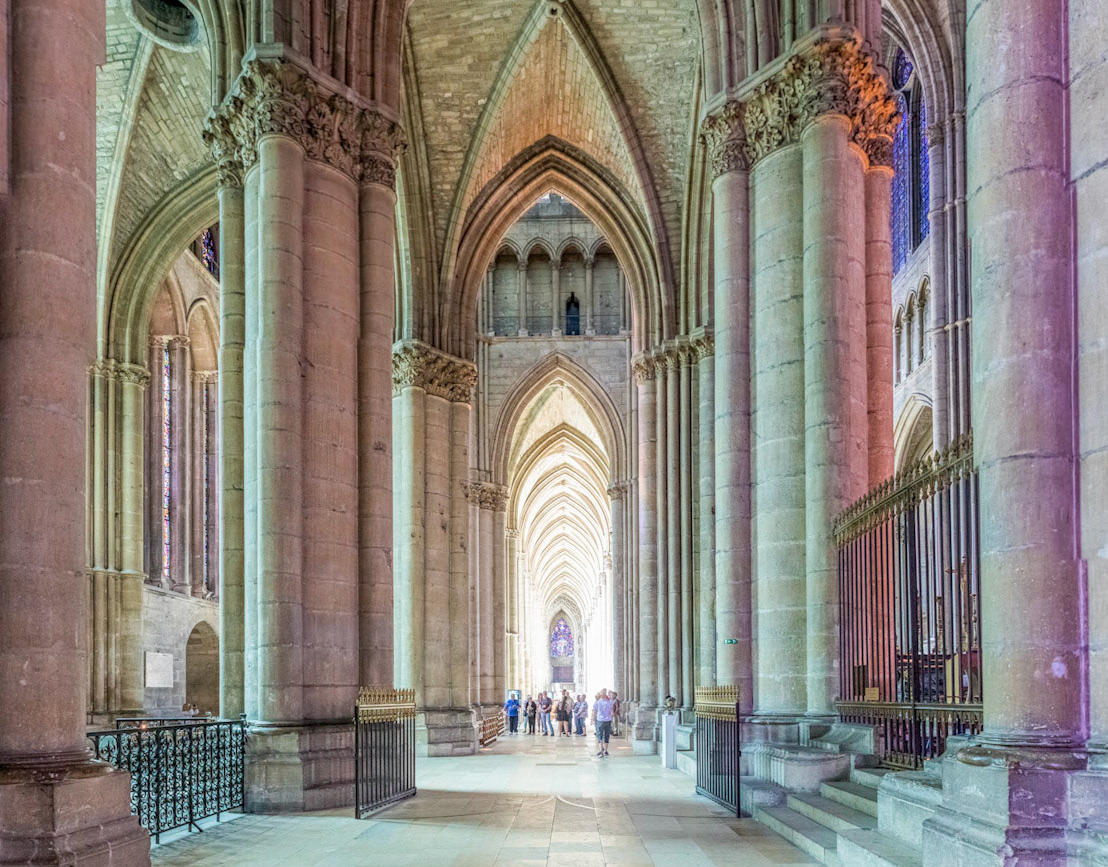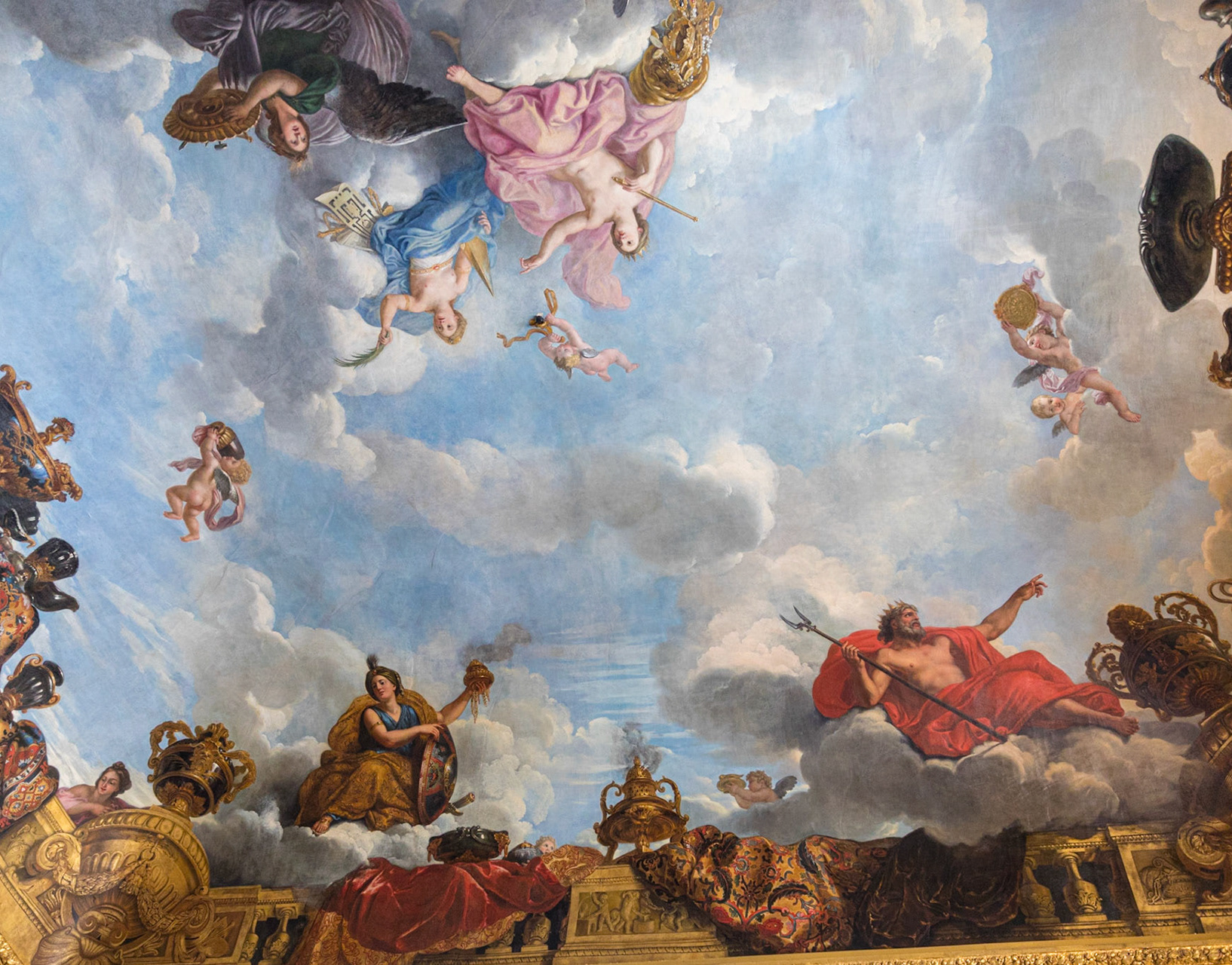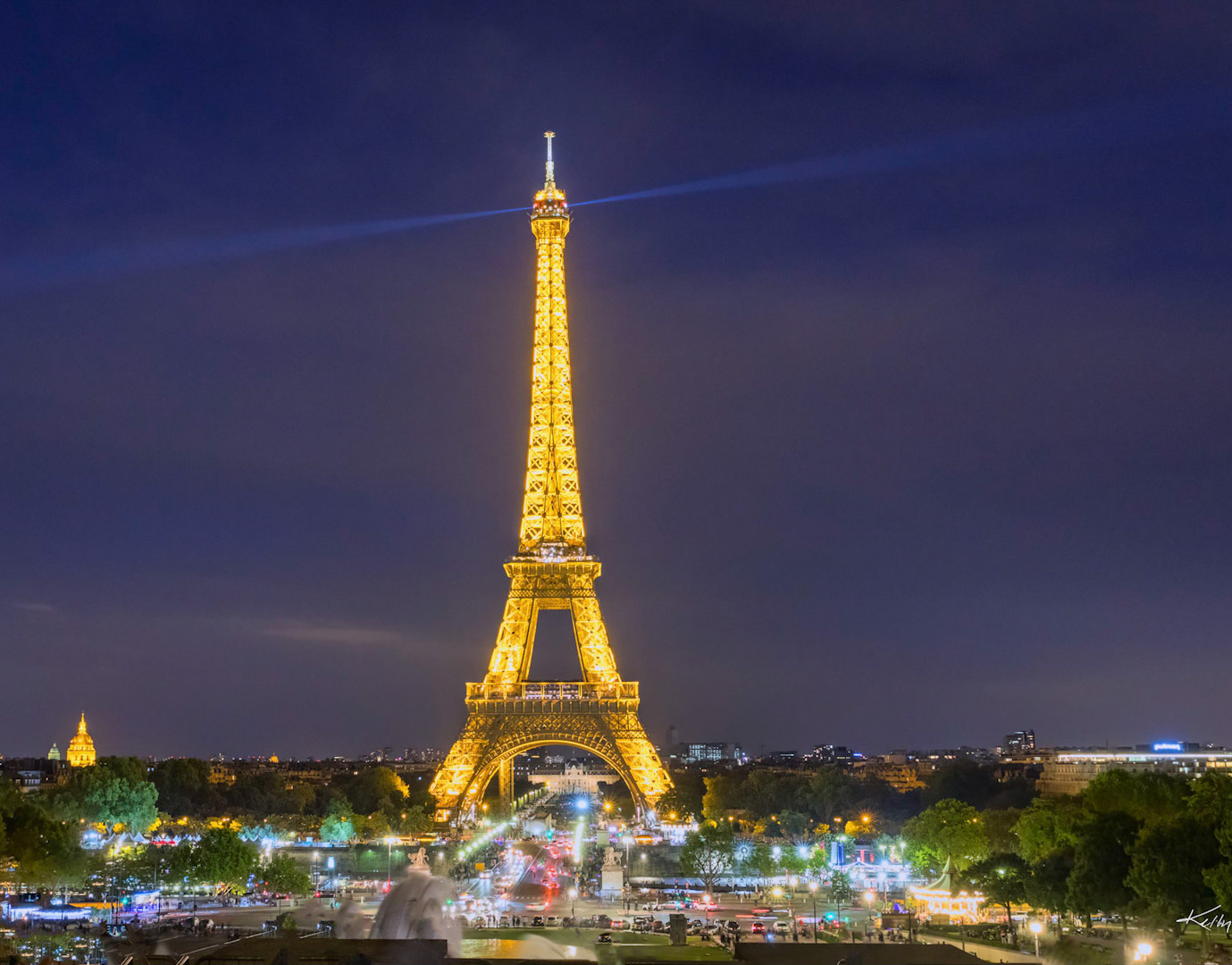The basilica was founded by the Roman Emperor Constantine I over the burial place of Saint Paul, where it was said that, after the Apostle's execution, his followers erected a memorial, called a cella memoriae. This first basilica was consecrated by Pope Sylvester in 324.
Paul's Tomb
The exact details of St. Paul's death are unknown, but tradition holds that he was beheaded in Rome and thus died as a martyr for his faith. His death was perhaps part of the executions of Christians ordered by the Roman emperor Nero.
According to tradition, Saint Paul's body was buried here which was two miles away from the place of his martyrdom. Constantine I erected a basilica on the tropaeum's site, and the basilica was significantly extended by Theodosius I from 386, into what is now known as Saint Paul Outside the Walls. During the 4th century, Paul's remains, excluding the head, were moved into a sarcophagus. (According to church tradition the head rests at the Lateran.) Paul's tomb is here, below a marble tombstone in the basilica's crypt, at 1.37 metres (4.5 ft) below the altar. The tombstone bears the Latin inscription PAULO APOSTOLO MART ("to Paul the apostle and martyr"). The sarcophagus below the tombstone measures 2.55 metres (8.4 ft) long, 1.25 metres (4.1 ft) wide and 0.97 metres (3.2 ft) high.
Chain that tradition states held the imprisoned Paul.
Statue of the apostle Paul - holding the sword. Both Peter and Paul are honored here for their testimony of Jesus, for coming to Rome to teach, and ultimately sacrificing their lives for the cause of Christ.
Statue of the apostle Peter - holding the keys
Janet in the main hall of the basilica.
A service was being held while visitors walked throughout the basilica. There were no restrictions on taking non-flash photos and out of respect, were taken at a considerable distance.

